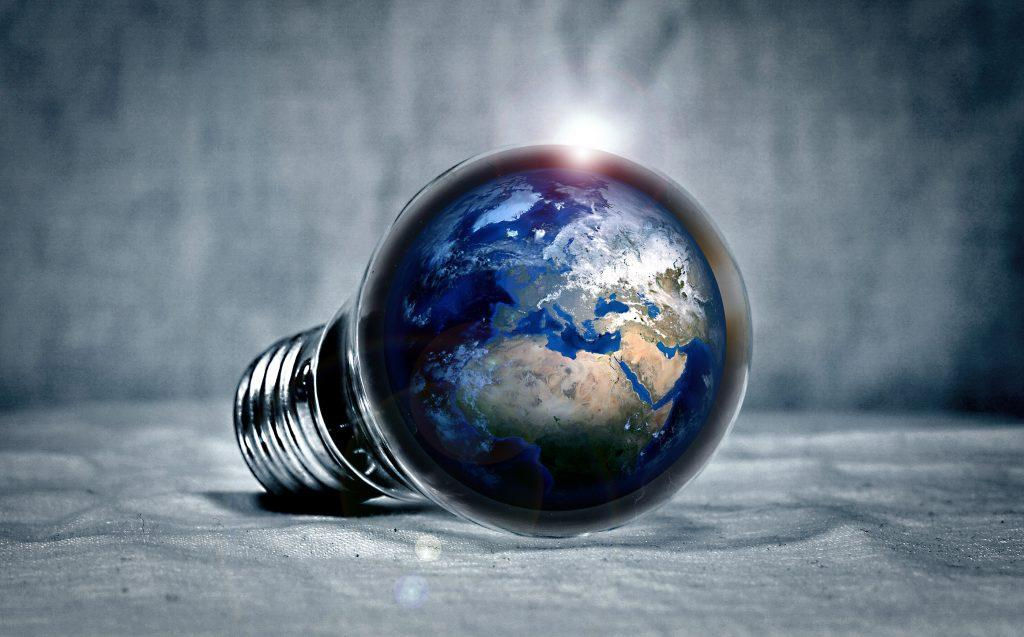By: Sunny Liu
Picture yourself exploring the depths of a jungle to observe chimpanzees in their natural habitat. You document valuable information about the species by taking notes and photographs. This is exactly what Jane Goodall did, and in March, she shared her experience with an enthusiastic audience at the University of Wisconsin-Madison.
As a child, Goodall found joy in reading and exploring nature. Her mother nurtured her curiosity by encouraging her to learn and ask questions. Goodall’s dream was to witness the habitats of her favorite animals in person.
In 1957, at the age of 23, Jane Goodall visited a farm in Kenya where she met Louis Leakey, a renowned paleoanthropologist. He was searching for someone to study great apes, particularly chimpanzees, to uncover insights into early human history. After getting to know Jane, Leakey recognized that she was the ideal candidate for the job.
Jane Goodall was the ideal candidate for the job. She arrived in Tanzania in July of 1960 and traveled to the Gombe Stream Chimpanzee Reserve. Goodall quickly realized that studying chimpanzees would not be a simple task. It took her several months to gain their trust in order to observe them up close. She found chimpanzees to be complex creatures with lives that were surprisingly like ours. Goodall refused to identify the chimps by numbers as it was not a practice that she believed. Instead, she gave the chimpanzee human names.
In the past, it was believed that only humans could use tools. However, in October of 1960, Jane Goodall observed two chimpanzees, David Greybeard and Goliath, using grass stems to pick termites out of a nest.
Thanks to Goodall’s groundbreaking discovery, we now recognize chimpanzees as intelligent and social creatures. In 1977, Goodall established the Jane Goodall Institute to promote conservation and environmental education. Later, in the late 1980s, she shifted her focus to a larger issue: deforestation and climate change, which threatened natural habitats worldwide. The vegetation that chimpanzees relied on for food was in danger, and Goodall left Gombe to join the fight and make a difference.
The fight against habitat loss continues today. Animal sanctuaries and research sites work to preserve natural habitats and vegetation. Goodall’s work has protected the lives of people and animals around the world. She also motivates young people to join the fight for a better world, and in 1991, she founded Roots & Shoots to encourage young people to act on important issues. Goodall believes that if everyone does their part, the world will be a better place.











